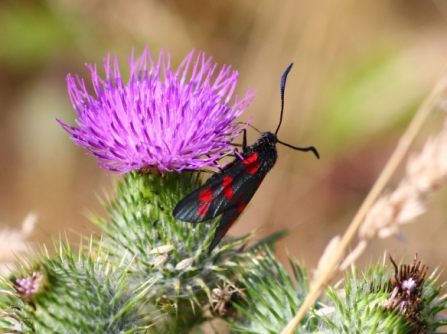Overall the bird nesting season was a mixed story. Resident birds mostly started late, the snow in March set them back. The migrants were mostly late arriving, with some in lower numbers than usual. It seemed that migrants that come from the SE were much as usual but those that take the West African route were down. Having arrived most small birds relished the warm weather with lots of insects to feed their young and seem to have done well. Resident species have had a more mixed time, single brooded species such as blue tits have done well, multi-brooded worm feeders like blackbirdand song thrush have had a harder time.
Overall it has been a bumper season for insects, in the main they all do well in a hot summer a hot summer, although those that use shallow wetlands are probably finding things difficult.


